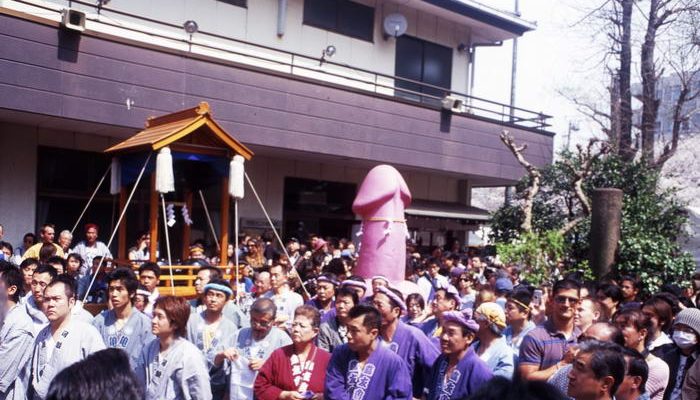Delving into the world’s diverse cultural landscape, we discover a myriad of unbelievable traditions. Ranging from bizarre to awe-inspiring, these customs offer a captivating glimpse into human history. Join us as we explore 10 of the most astonishing traditions from around the globe. Through this journey, we will shed light on the unique practices that have both fascinated and puzzled people for centuries.
Below are some of the most unbelievable traditions from around the world.
10 – Bride Kidnapping (Romani)

Once the woman agrees, the kidnapper’s family contacts her relatives to negotiate the union. Historically, people resorted to bride kidnapping as a means of securing marriages when intermarriage between different clans was prohibited. It also served as an alternative to paying the bride’s family a dowry.
Today, the custom remains ingrained in some Romani communities, despite facing criticism and legal restrictions. Advocates argue that the practice upholds tradition and strengthens the community, while opponents denounce it as a violation of human rights. Overall, bride kidnapping is an interesting tradition that sparks much debate.
09 – P*nis Festival or Kanamara Matsuri (Japan)
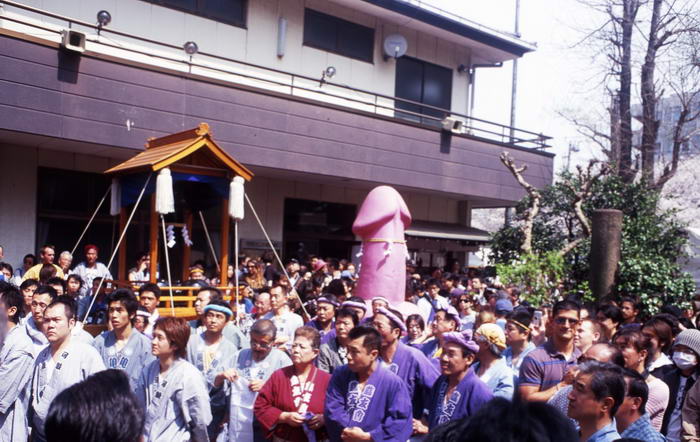
The highlight of the festival is the parade, featuring three massive phallus-shaped mikoshi (portable shrines). Participants joyously carry these structures through the streets, while onlookers cheer and take pictures. Additionally, visitors can purchase phallus-shaped souvenirs, candies, and artwork.
The Kanamara Matsuri also has a philanthropic side. Festival organizers use the event to raise funds for HIV research and prevention efforts. The gathering is a unique blend of tradition, celebration, and social awareness, making it an intriguing part of Japanese culture.
08 – Baby Tossing (India)

The baby tossing ritual, practiced in certain Indian communities for over 500 years, is a heart-stopping tradition believed to bring good luck, health, and prosperity to infants. In this custom, babies are dropped from a height of 15 to 30 feet into a cloth held by a group of waiting men. The ritual is typically performed at temples or shrines, often accompanied by music, prayers, and chants.
Despite its long history, baby tossing has faced criticism from child rights activists who argue that the practice endangers the physical and emotional well-being of the infants. In response, some communities have transitioned to less hazardous alternatives, such as placing the child on the temple steps or gently rolling them on the ground.
Baby tossing is an interesting tradition that highlights the tension between cultural preservation and evolving social norms.
07 – Sokushinbutsu (Self Mummification in Northern Japan)
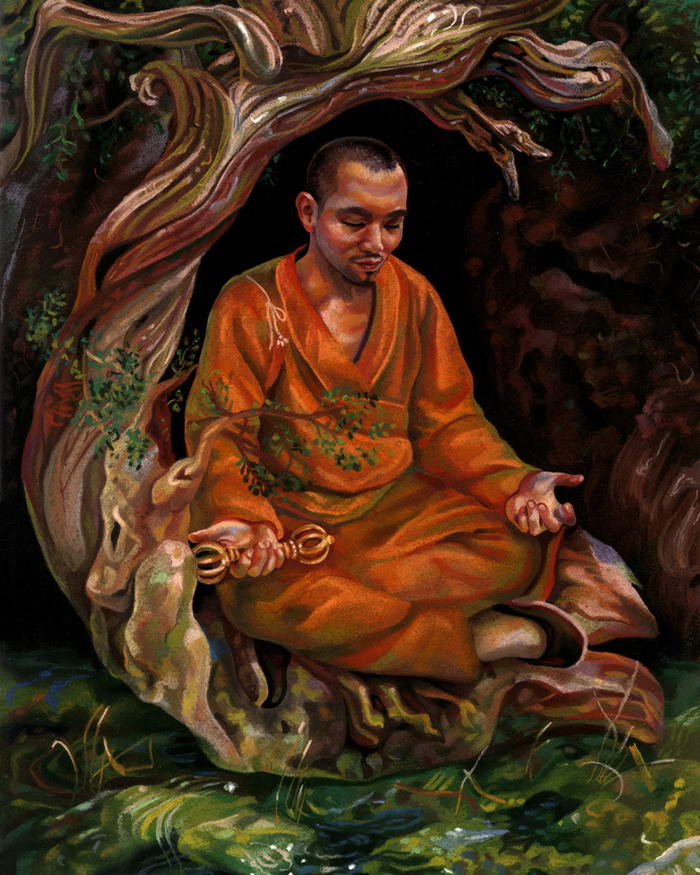
In the remote regions of northern Japan, the ascetic Buddhist monks known as Sokushinbutsu practiced self-mummification. The process, which spanned several years, involved adhering to a strict diet and engaging in rigorous physical activity to eliminate body fat. Monks would then consume a toxic tea made from the urushi tree. Causing rapid dehydration and preserving their bodies from decay.
As death approached, the monks were sealed in a tomb with a small air hole and a bell. They would meditate in their final moments, ringing the bell to signal that they were still alive. Once the bell stopped ringing, the air hole was sealed, and the tomb left undisturbed for 1,000 days.
Upon reopening the tomb, if the monk’s body had successfully mummified, they were considered to have achieved enlightenment and were venerated as holy relics. This extraordinary display of self-discipline and dedication to spiritual enlightenment is a testament to the extreme lengths some individuals are willing to go in their quest for spiritual growth.
06 – S*icide by Fire (Sati Tradition of India)

The British colonial government outlawed Sati in 1829, and subsequent Indian governments have continued to enforce its prohibition. Nevertheless, sporadic instances of Sati have been reported in rural areas, where the custom is sometimes glorified as an act of supreme sacrifice. This tragic and controversial tradition highlights the complex relationship between cultural practices and human rights.
05 – Castration of the Penis (Eunuchs of Ancient China)
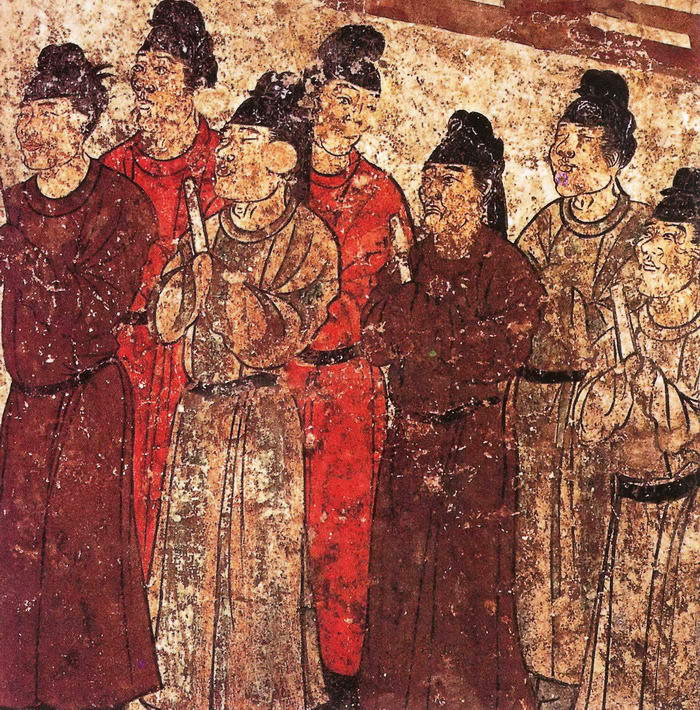
The last imperial eunuch, Sun Yaoting, passed away in 1996, marking the end of this ancient tradition. Today, the history of Chinese eunuchs serves as a window into the complexities of court life. Extreme measures were taken to maintain the stability of the imperial system.
04 – Ceremonial Masturbation (Ancient Eygypt)
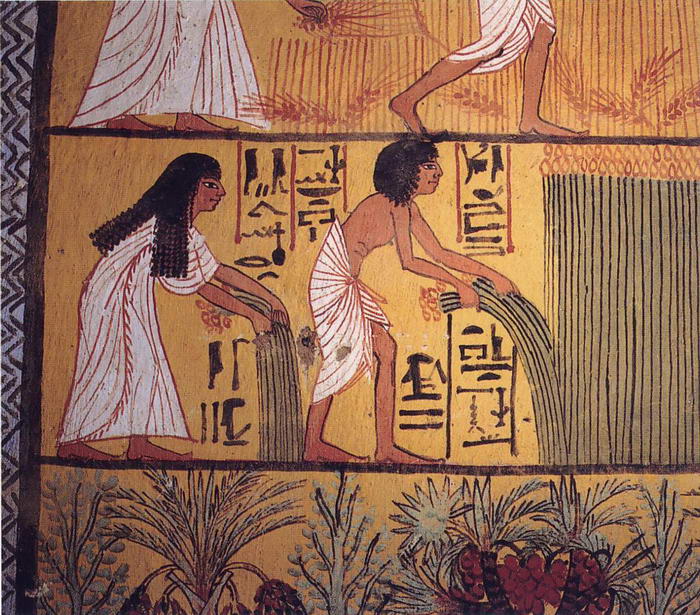
Although this practice may seem bizarre to modern sensibilities, it is an example of the deep connection between religion, fertility, and power in ancient societies. Such rituals underscore the importance of understanding cultural practices within their historical context.
03 – Foot Binding (Women of Imperial China)

The practice caused immense suffering for the women who underwent it, often resulting in lifelong disability and chronic pain. Foot binding was officially banned in 1912, but the tradition continued in some rural areas until the mid-20th century. Today, it serves as a stark reminder of the destructive nature of certain beauty standards. And the resilience of the women who endured them.
02 – Semen Drinking (Etoro Tribe of Papua New Guinea)

The Etoro tribe of Papua New Guinea has a unique and controversial coming-of-age ritual for young boys. As part of their initiation into manhood, boys are required to consume the semen of adult male tribe members. The Etoro believe that semen contains a life force that must be passed from one generation to the next to ensure strength, virility, and spiritual growth.
This practice, which may be shocking to outsiders, is an integral part of the Etoro’s cultural identity and belief system. It highlights the diverse ways in which societies conceptualize masculinity and the passage from childhood to adulthood.
01 – Finger Cutting (Dani Tribe of Papua New Guinea)

This extreme form of mourning demonstrates the powerful connection between physical pain and emotional suffering. It also highlights the lengths people will go to honor the deceased. While the practice has been banned by the Indonesian government, isolated instances of finger cutting still occur in remote areas.
To sum up, these ten unbelievable traditions from around the world provide a fascinating glimpse into the diverse customs. And practices that shape human culture. Ranging from the bold and daring to the poignant and heartrending, these traditions unveil the boundless creativity, resilience, and adaptability of the human spirit. As a result, by learning about and appreciating the richness of our global cultural tapestry, we can foster a deeper understanding and respect for the unique ways in which we navigate the human experience.


